Imaginings
stories, creative nonfiction, poetry, and other imaginative accounts of the natural world
-
Food for an Abundant Future
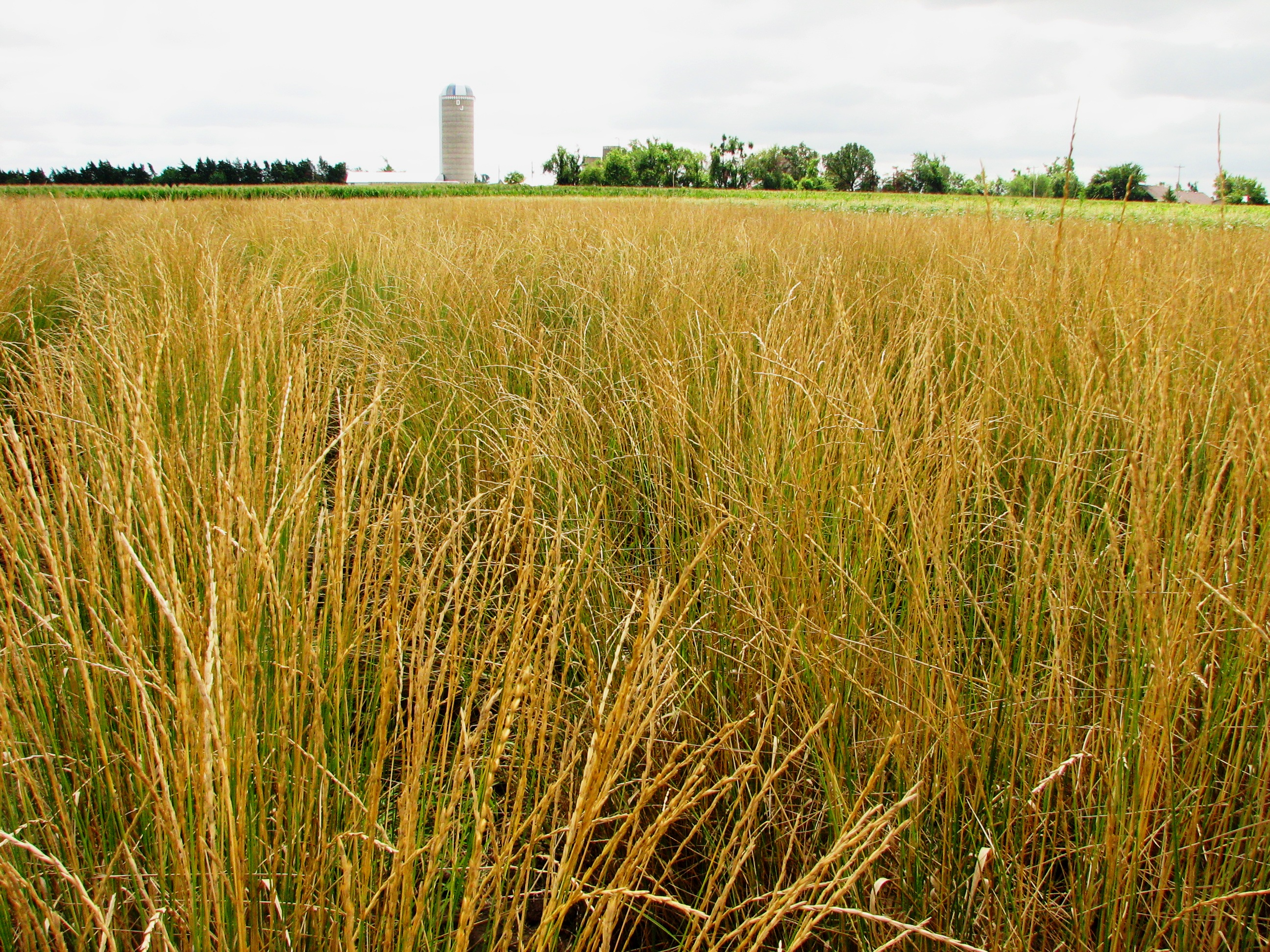
By Pollyanna Rhee: “The future of farming. The future of food.” The website for Kernza® displays little modesty about its ambitions. It’s not a surprise that the producer of a good meant for the consumer market would be hyperbolic in their promises, but others have found the claim enticing. “Could Superwheat Kernza Save Our Soil?”…
-
The Planetary as Embodied
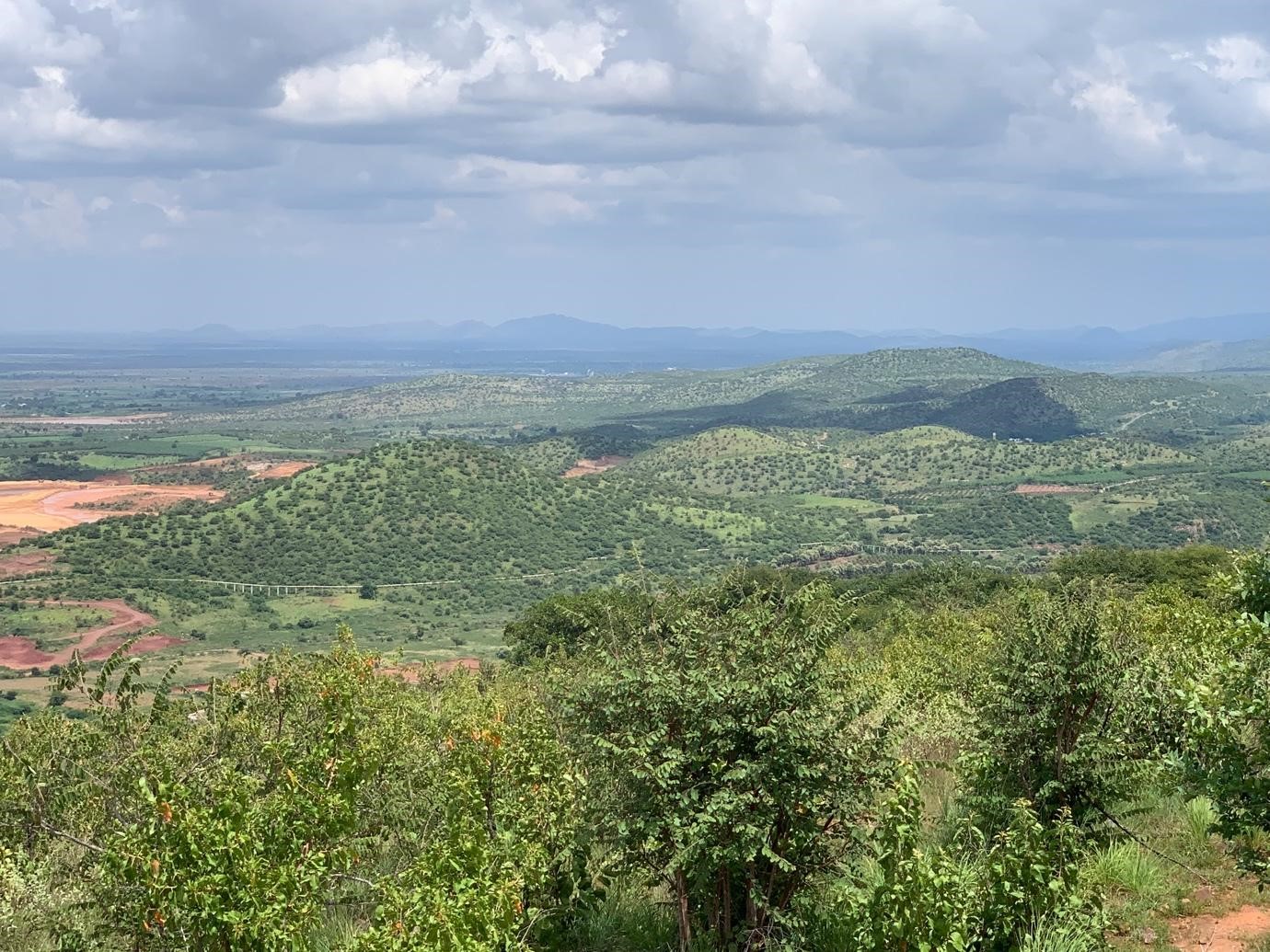
By Misria Shaik Ali: Planetary health encompasses the interrelated health of human beings and natural systems. Planetary conceptualities, including that of planetary health, are presumed to require interventions at the scale of global systems as “the global” is frequently taken to proportionately represent the concomitant vastness of “the planetary.” In contrast, traces of planetary harm…
-
Exploring Health–Nutrition–Ecology Relationships and Resilience through Food-Farming Practices in Thailand
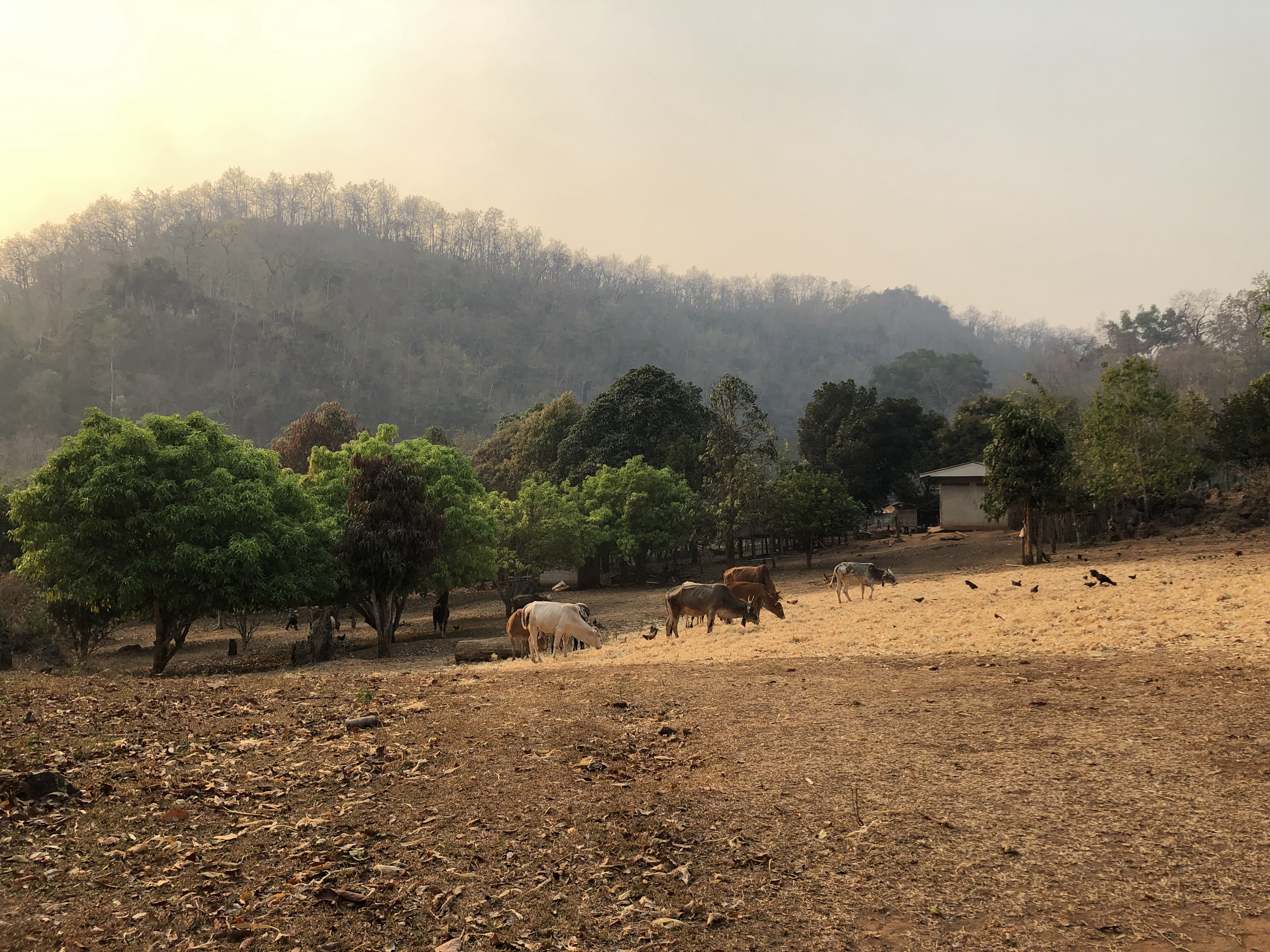
By Judith Bopp: The word Lebensmittel, one of several words for food in German, translates as “means to life” in English. This concept illustrates that supplying the body with nutritional and suitable foods is the key to maintaining vitality and overall well-being. Food–health linkages have already been recognized within scientific communities (cf. Schnitter and Berry…
-
Insect Portrait: The Dung Beetle
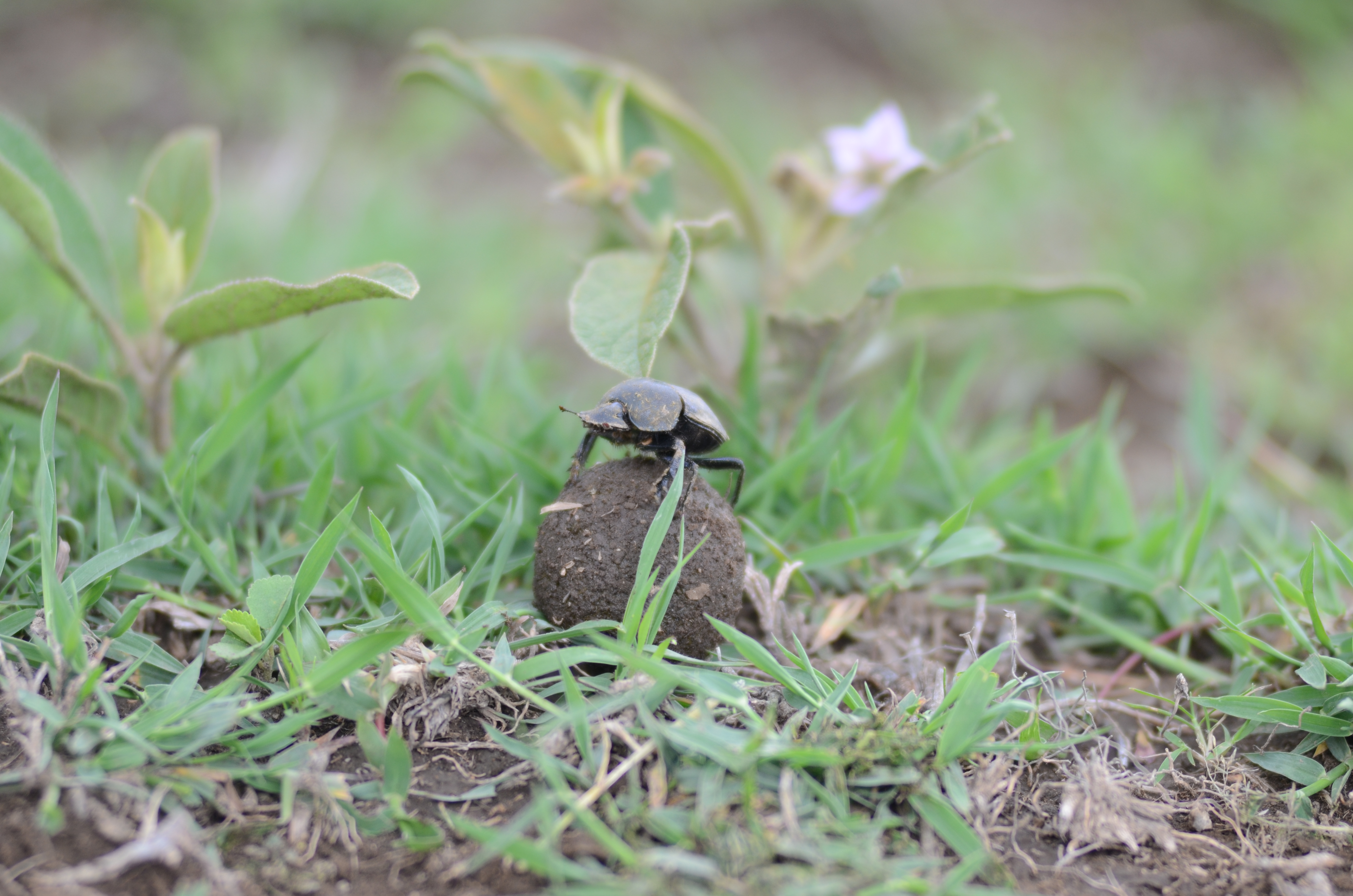
By Olea Morris The family of insects known as “dung beetle,” or escarabajos del estiercol, is a diverse one—even amongst those that make the same misty cloud forests of Mexico their home. Some, like Onthophagus corrosus, are jet black and no bigger than the fingernail of a pinky finger, while others, like Phanaeus endymion, have…
-
Portrait of an Insect Lover: Alexandra Magro
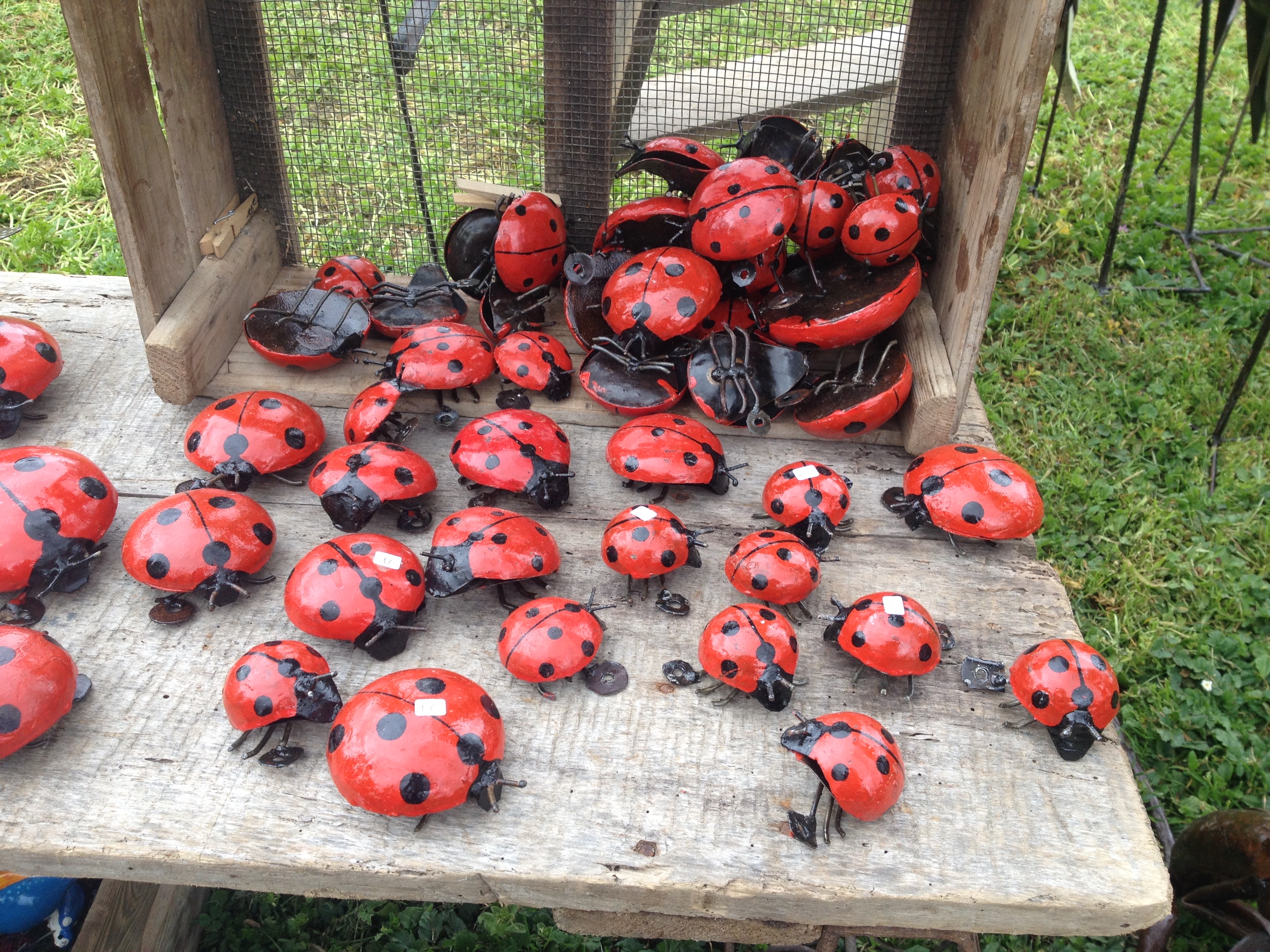
By Birgit Müller I met Alexandra Magro this spring, at the first Grand Conference of the French Academy of Sciences entitled “Insects: Friends, Foes, and Models.” I had contributed a presentation of the blog series Silent Spring Continued at the poster session, hoping to attract insect lovers ready to tell me their stories of love…
-
Insect Portrait: Ladybird Beetles
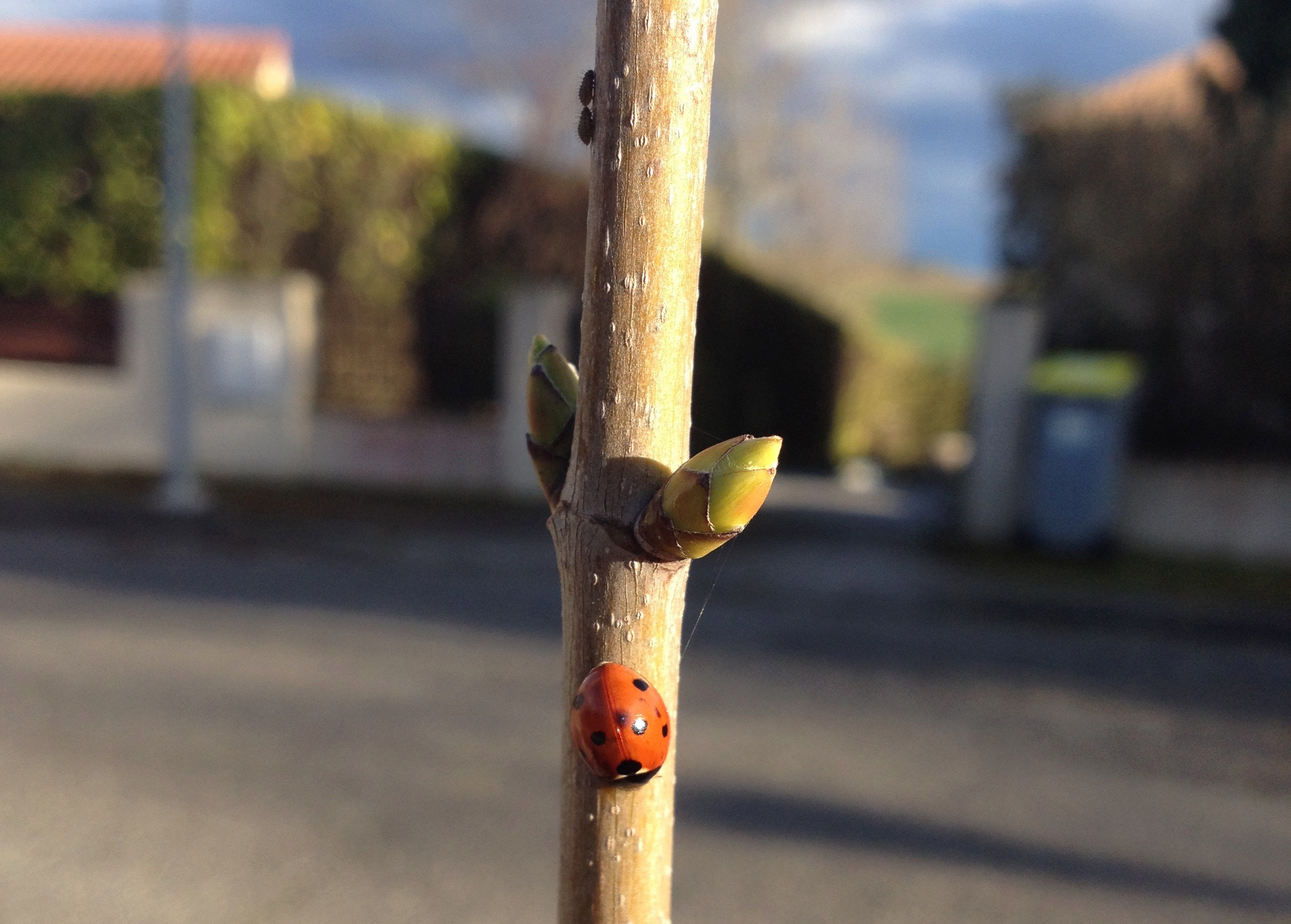
*Image: ©Alexandra Magro Ladybird beetles (of the family Coccinellidae) are a fascinating group of insects. Thriving in all kinds of habitats, they are extremely diverse; around 6,000 species have been described worldwide. Although they are often recognized as beneficial predatory insectivores, their food preferences are in fact very large: some species are fungus feeders, and…
-
Changing Landscapes of Indigeneity: CHE Place-Based Workshop

Workshop Report (13–16 May 2019, Madison–Wisconsin, USA) Nelson Institute for Environmental Studies, University of Wisconsin–Madison, Center for Culture, History, and Environment By Daniel Dumas In May 2019, a group of staff, doctoral candidates, and Environmental Studies Certificate Program students from the Rachel Carson Center traveled to Wisconsin in order to take part in a place-based…
-
Picking Hops in Nineteenth-Century Wisconsin

By Jennifer Jordan From 1873 to 1879, in Dellona, Wisconsin, Ella Seymour kept a sporadic record of her life. Her careful handwriting curled across the blue and red lines of the little ledger she used as a diary. She recounted the weather, illness, chores, and visits like so many of her fellow diarists of the…
-
Environmental Histories of the Brazilian Cerrado
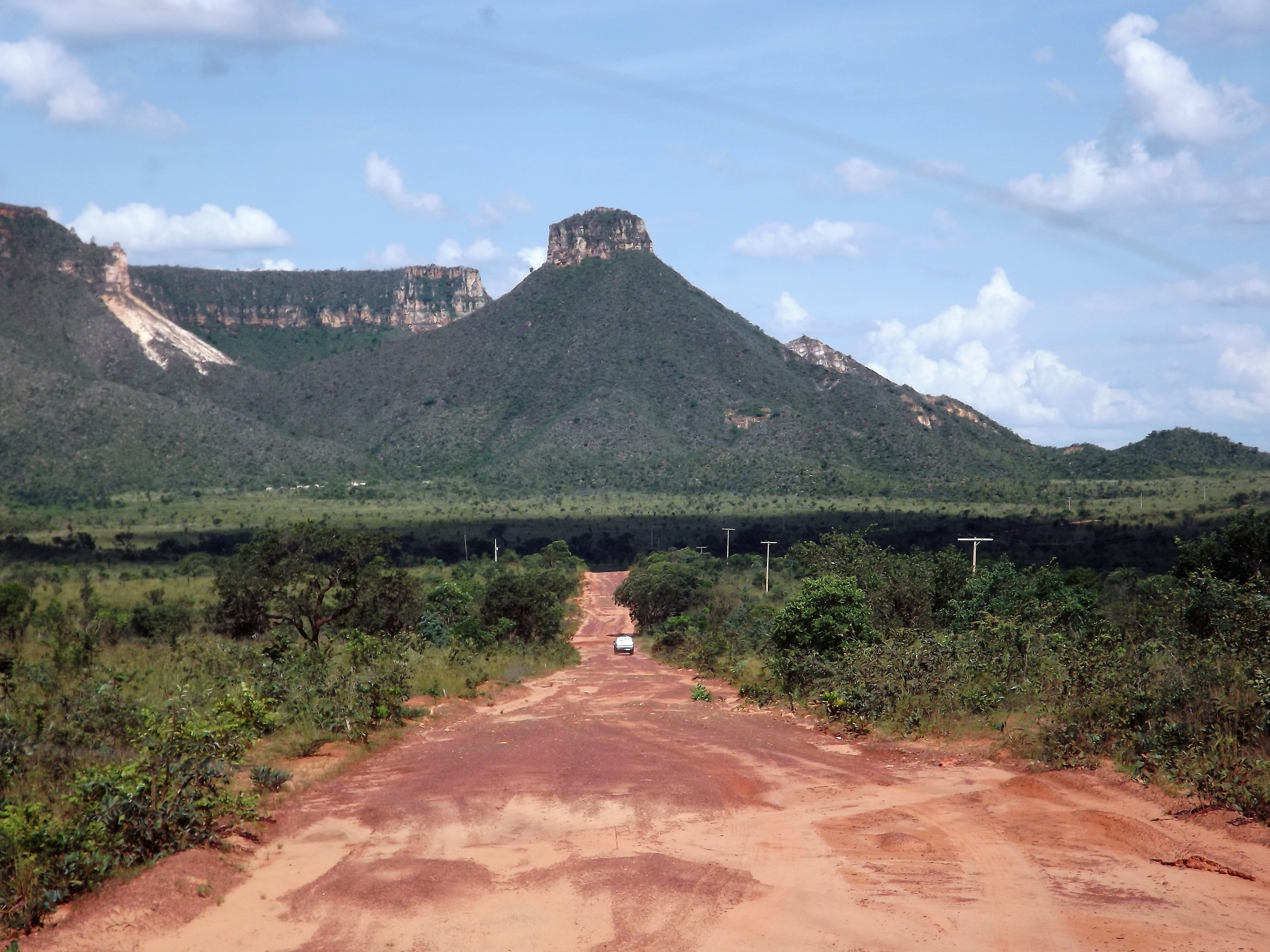
By Claiton Marcio da Silva *All images courtesy of the author, taken 2013 (unless otherwise specified). Featured image: Road to the Espírito Santo belvedere, Jalapão State Park, Tocantins The Brazilian Cerrado made me an environmental historian. My interest in the agricultural transformations in Brazilian savannas—a biome located in the central part of Brazil that extends…
